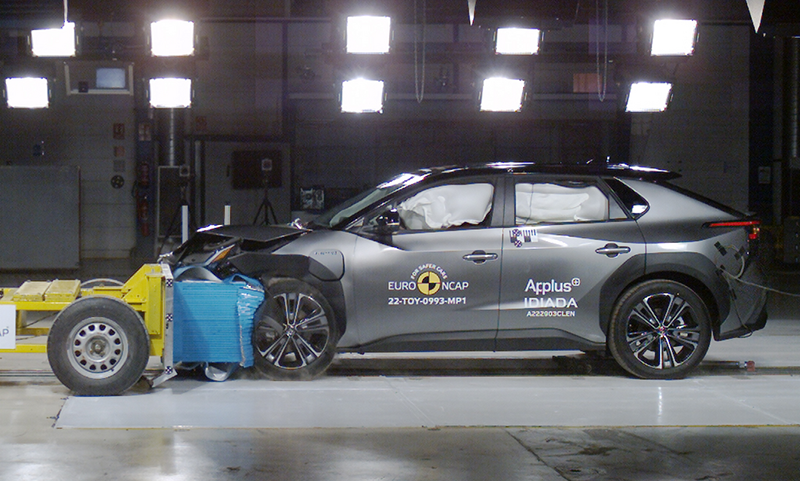Safety ratings, in the form of stars, have been used by ANCAP SAFETY to communicate comparable vehicle safety performance since the 1990s. This simple, yet effective method has encouraged vehicle manufacturers to strive for the highest level of safety in their vehicles, and at the same time, provided car buyers with a quick-glance way to prioritise the purchase of safer vehicles.
In 2014, ANCAP safety ratings were further enhanced through the inclusion of a datestamp which, since then, has formed a crucial element of every star rating published. The datestamp helps consumers and fleet buyers identify how current the safety rating is, while also being linked to the detailed and evolving test and rating criteria which sits behind each safety rating.
The criteria used by ANCAP SAFETY to test and rate vehicles intentionally increases in breadth and stringency every three years. These incremental updates to the star rating system are designed to motivate vehicle manufacturers to offer a broad and balanced safety offering to their customers at pace with industry and technology advancements.
When introduced 10 years ago, rating datestamps were implemented to help consumers differentiate safety ratings that were achieved under less stringent criteria and acknowledge the efforts of manufacturers that continued to raise their own safety bar in line with increasing ANCAP standards.
At first the datestamp took some time to gain traction and consumer understanding, but today, they are widely used and understood across the automotive industry and consumer marketplace. Critically, fleet purchasers – many of which consciously link their vehicle purchasing policies to models which offer five-star safety and a datestamp of no older than six years – use the datestamp to ensure they are placing their employees in vehicles which offer the latest and greatest safety performance.
The 10 year datestamp milestone also coincides with the introduction of datestamps to ANCAP’s Commercial Van Safety Comparison gradings. Safety performance for vehicles within this market segment is determined through an assessment of active safety features, or ADAS, and presented using Platinum, Gold, Silver or Bronze medallions.
“Our commercial van safety gradings have been available to consumers and fleets since 2020, and following recent updates to the safety criteria applied to these vehicles, datestamps have also been introduced as part of each medallion grading,” Ms Hoorweg said.
Over 900 star ratings for passenger cars, SUVs and utes along with 20 safety gradings for commercial vans can be searched, filtered and compared by their datestamp through new functionality offered at ancap.com.au.
The next update to ANCAP’s test and rating protocols is set to take effect from 2026.






